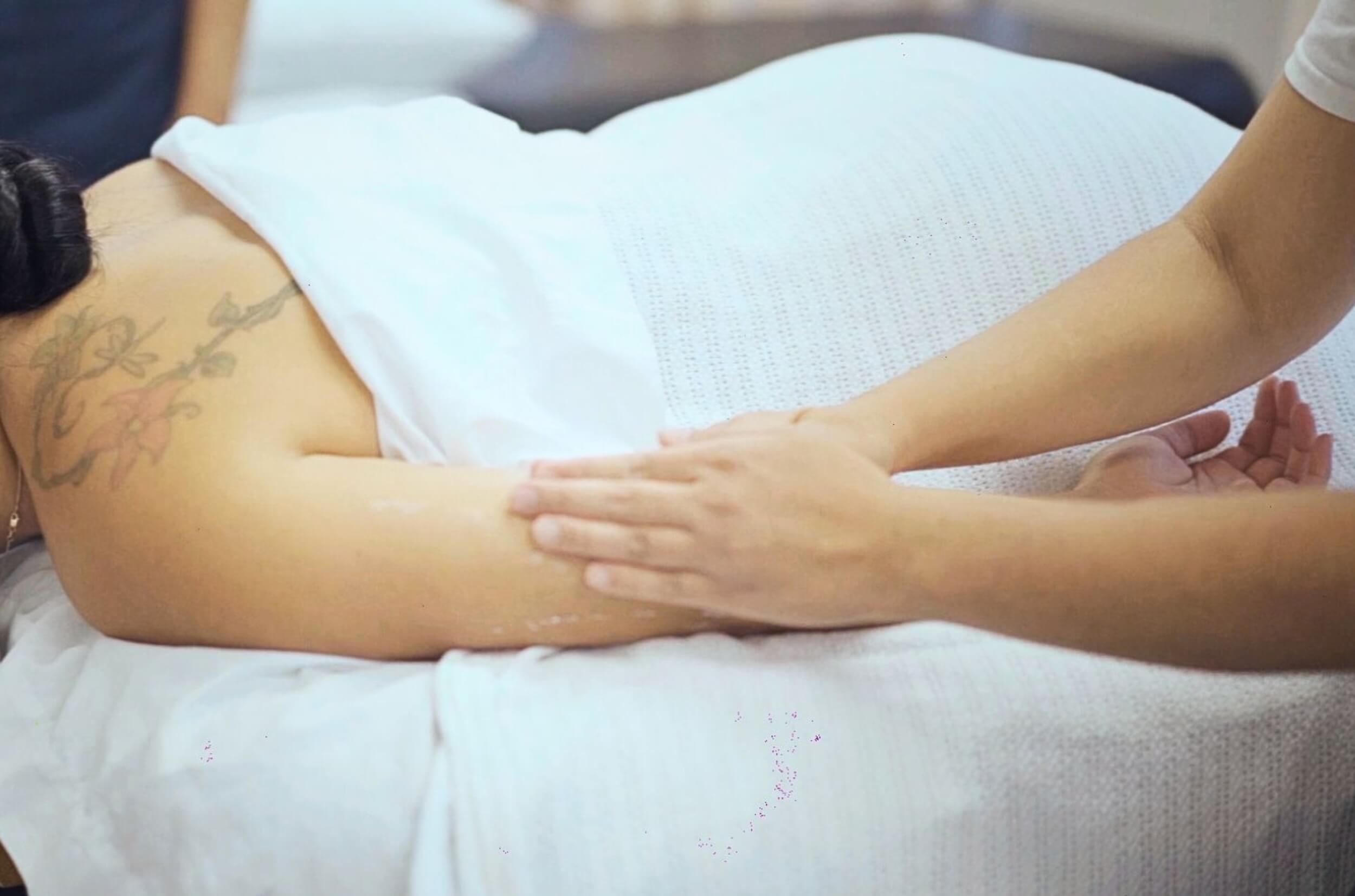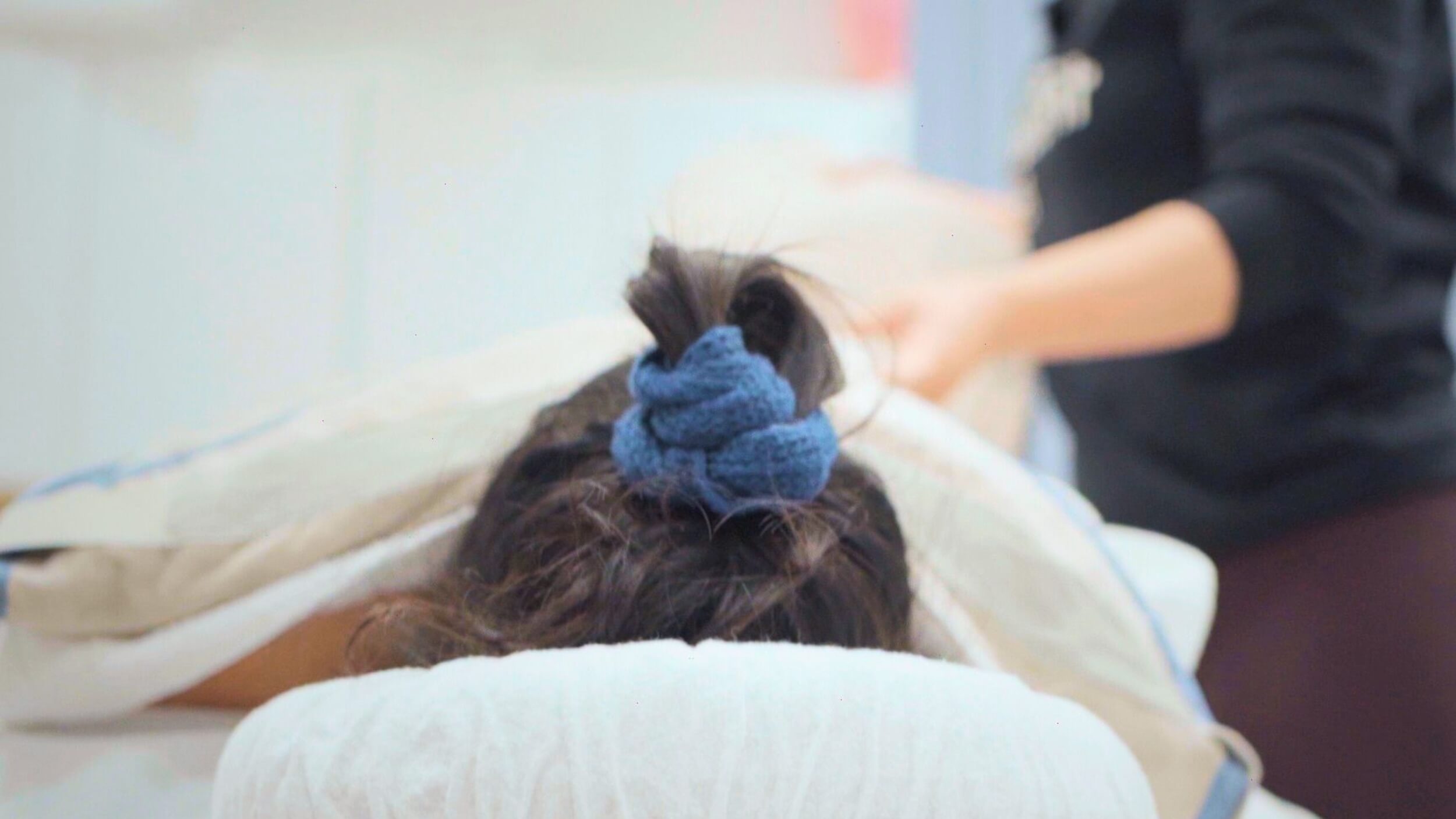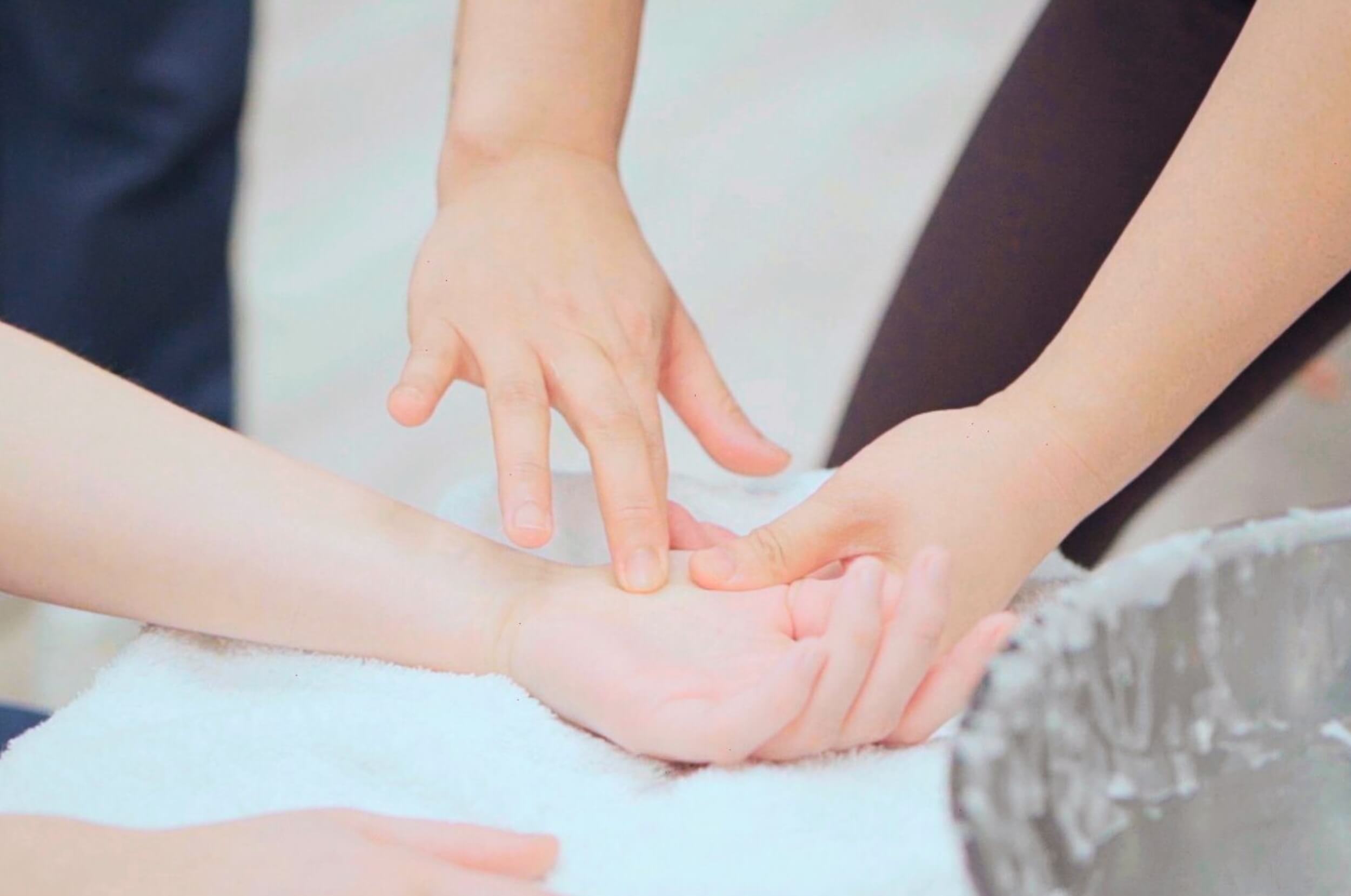
Massage therapy is an ancient healing practice that has gained widespread popularity. The benefits of Massage therapy go well beyond stress relief or relaxing spa treatments. On the contrary, it is an evidence-based therapeutic intervention that can be used to treat acute and chronic conditions. Massage Therapists work with various patients to treat illness, injury rehabilitation, and disability.
As a massage therapy student, you are embarking on a journey to master the art and science of therapeutic massage. With the skills you will acquire in our massage therapy diploma program, you will be fully equipped to improve your patient’s quality of life significantly. This guide aims to provide essential insights and tips to help you decode the world of therapeutic massage and excel in your studies.
What Is Therapeutic Massage Therapy?
Massage therapy is the manipulation of soft tissues of the body, including muscles, connective tissue, tendons, ligaments, and joints.
As a massage therapy student, you will be trained to deliver various massage techniques, including how to treat specific signs and symptoms of various conditions. Knowing which technique is the safest and most effective is one of the many things you will learn in school.
What are the main benefits of therapeutic massage? It’s restorative and is designed to alleviate pain and discomfort. Keep reading to discover some of the basics and popular techniques you can use after training.

The Basics of Therapeutic Massage
Now that you know the answer to the outset: what is therapeutic massage therapy, it’s time to unveil some basic principles. First, let’s examine the purpose. Therapeutic massage is about promoting health and well-being. How does therapeutic massage work? It manipulates soft tissues to alleviate pain, reduce muscle tension, improve circulation, and enhance overall physical wellness.
Keep this holistic perspective in mind as you learn the techniques and theories. An understanding of anatomy and physiology is the foundation of effective massage therapy. In our massage therapy diploma program, we study the muscles, bones, joints, and the various systems of the body thoroughly. This knowledge will guide your practice and help you tailor your treatments to patients’ needs.
Explore Therapeutic Massage Techniques
The following are some therapeutic massage techniques that will help you provide a safe and effective massage treatment.
- Swedish Techniques: The fundamental technique taught to massage therapy students. It involves five main strokes: effleurage, petrissage, friction, tapotement, and vibration. Mastering these strokes and their variations is essential for providing a massage treatment.
- Myofascial Release: Focusing on releasing fascial restrictions. Understanding the fascial network and how to apply sustained pressure improves mobility and reduces pain in patients.
- Joint Mobilization: Manual technique involving the gentle movement and stretching of bones and ligaments at the joint to increase mobility.
- Lymphatic Drainage Techniques – Also known as manual lymphatic drainage, relieves swelling when medical treatment or illness blocks your lymphatic system, causing swelling. This technique is delivered by gently manipulating specific body areas to help lymph move out of your body as waste material.

Best Practices to Remember
Today, we’ve explored the definition of therapeutic massage at length. Now, let’s discover some practical tips for success as a Registered Massage Therapist.
- Develop Your Palpation Skills: Palpation, or the ability to feel and assess the body’s tissues, is crucial for massage therapists. Practice regularly to enhance your sensitivity and ability to detect tension and abnormalities.
- Effective Communication: As a healthcare provider, clear and open communication with patients is vital. Before each session, discuss their health history, goals of treatment, and contraindications to massage therapy. During the massage, ask for feedback to ensure comfort and safety.
- Self-Care: Massage therapists should also make time for their health and wellness. You can do this by incorporating stretching, strength training, and proper body mechanics, which will allow longevity in your profession.
- Continuing Education: The field of massage therapy is continually evolving. Stay up-to-date with the latest techniques, research, and trends by pursuing continuing education courses and attending workshops.
As you embark on your journey to career success in massage therapy, remember that it combines science, art, and compassion. In training, embrace the learning process, build a solid foundation in anatomy and technique, and continuously refine your skills. Your dedication to mastering therapeutic massage will benefit your client’s well-being and provide you with a fulfilling and rewarding career!
Are you ready to embark on our massage therapy education?
Contact Medix College for more information!
FAQs
Q: How does therapeutic massage work?
A: It involves manipulating soft tissues to alleviate pain, reduce muscle tension, improve circulation, and enhance overall physical wellness.
Q: What is the main benefit of therapeutic massage?
A: It’s restorative and is designed to alleviate pain and discomfort.




